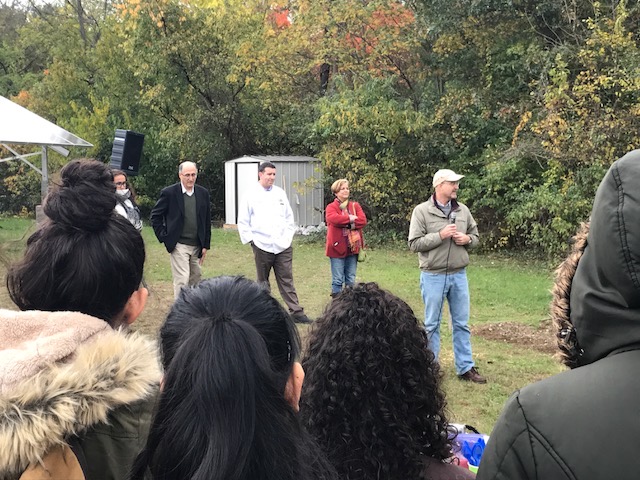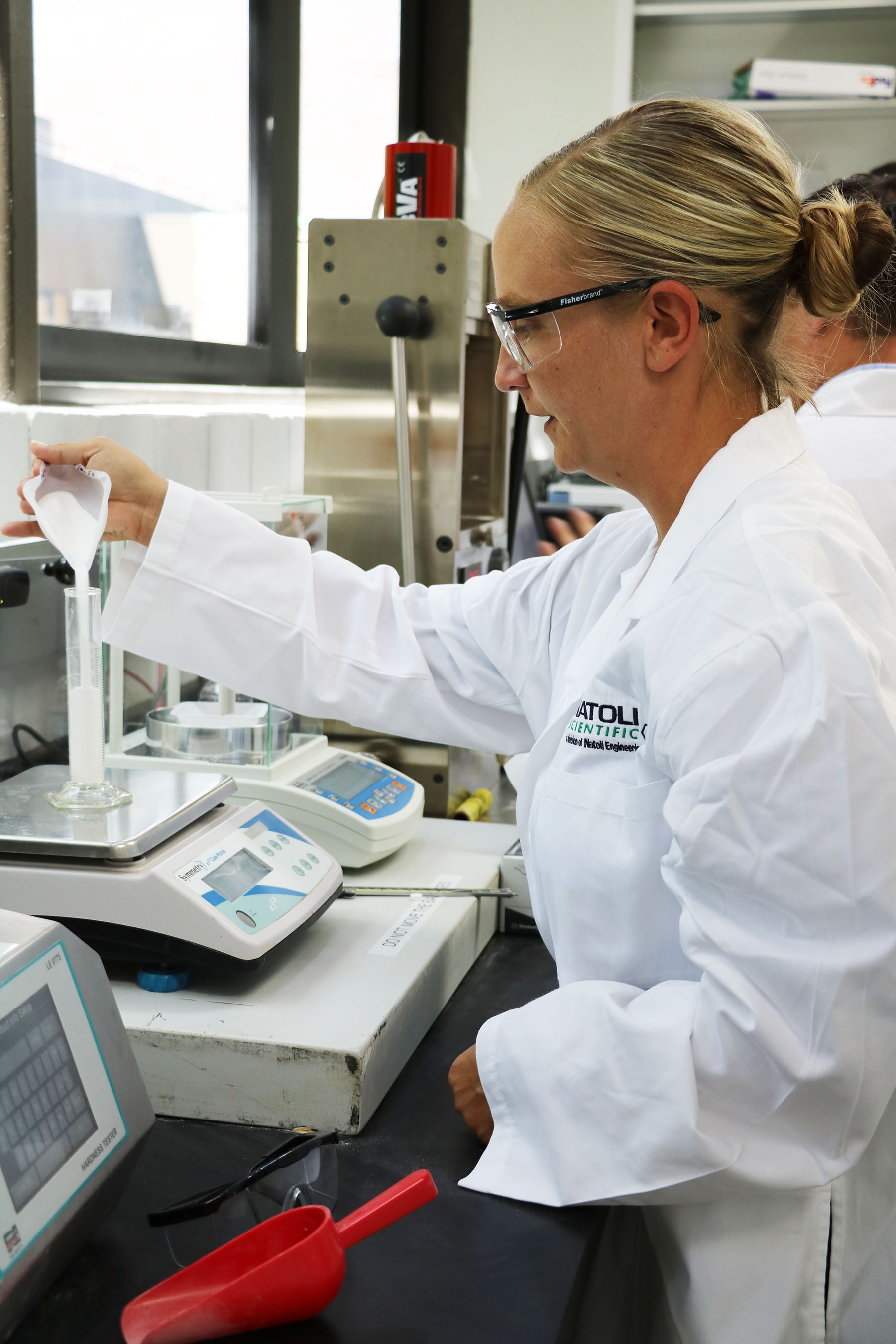A new Long Island University Hornstein Center for Policy, Polling and Analysis poll finds that a majority of Americans oppose President Trump’s efforts to make immigration policies more restrictive, including opposition both to his plans to build a wall along the southern border with Mexico and end the Deferred Action for Childhood Arrivals (DACA) program.
While 35 percent favor President Trump’s plan to build a wall along the Southern border to enhance border security, a 54 percent majority opposes that policy. Respondents were also asked about President Trump’s plan to end the DACA program, just 31 percent supported that policy, while 53 percent opposed it.
The LIU survey found that while 38 percent of Americans believe that current immigration policy is not strict enough, 53 percent either want to maintain current immigration policies or make them less restrictive. Underpinning attitudes about immigration, an overwhelming 63 percent of Americans agree with the statement that “immigration into the United States is a good thing” while just 19 percent believe that it “is a bad thing.”
“Despite making a major push to make immigration policies more restrictive, the American people oppose the specifics of President Trump’s efforts, including building a wall and ending the DACA program,” said Dr. Edward Summers, Fellow at the Hornstein Center. “Americans continue to see immigration as a good thing for our nation, which undercuts efforts to curb it.”
The findings are based on a published public opinion poll conducted from October 29-November 5, 2017 conducted through SurveyMonkey of 813 Americans.
“We are encouraged from the results that our web-based survey is providing valuable insight,” said Dr. Summers. “The Steven S. Hornstein Center has a robust research portfolio, and we are excited to explore these crucial public policy issues.”
Dr. Summers, who obtained his PhD in Public Policy, is a Fellow at the Hornstein Center. His career includes experience in public policy, higher education, and opinion research.
Questions and results follow:
Long Island University
Steven S. Hornstein Center for Policy, Polling, and Analysis
Immigration Survey
October 29-November 5, 2017
1) When it comes to immigration in the United States, which of the following best describes your position?
The current immigration policy is not strict enough, it should be harder for a person from a foreign country to become a citizen of the United States: 38%
The current immigration policy is fair, and I think it should not be any harder nor easier for someone to become a citizen of the United States: 34%
The current immigration policy is too strict, it should be easier for a person from a foreign country to become a citizen of the United States: 19%
No opinion: 9%
2) President Trump has said that he would build a wall on the Southern border of the United States to enhance border security, what is your opinion of this?
Approve: 35%
Disapprove: 54%
No opinion: 11%
3) Do you think immigration into the United States is a good thing or a bad thing?
Good thing: 63%
Bad thing: 19%
No opinion: 18%
4) President Trump recently announced that he would end the Deferred Action for
Childhood Arrivals (DACA), an executive order issued in 2012 that granted eligible Dreamers protection from deportation. What is your position on President Trump’s decision to end the DACA program?
Approve: 31%
Disapprove: 53%
No opinion: 15%
Polling Methodology
This Long Island University Steven S. Hornstein Center for Policy, Polling & Analysis poll was conducted online through SurveyMonkey from October 29-November 5, 2017 in English to 813 Americans over the age of 18. Polling data was sorted by age, gender & geographic location in efforts to ensure a nationwide representative sample. This poll has an overall margin of error of +/- 4.4 points.
# # #
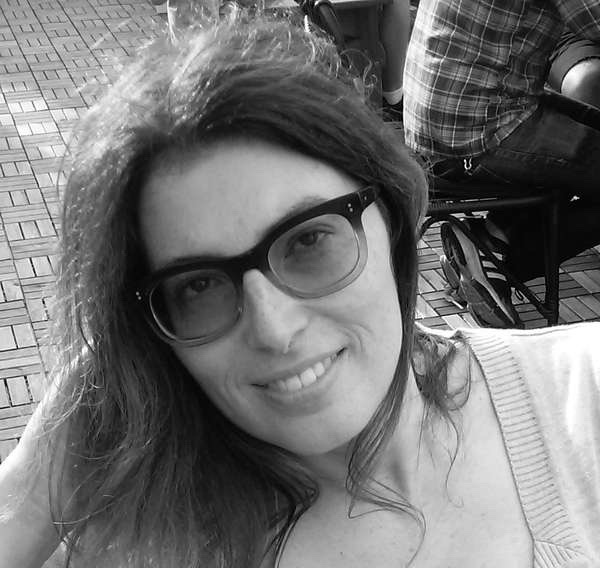
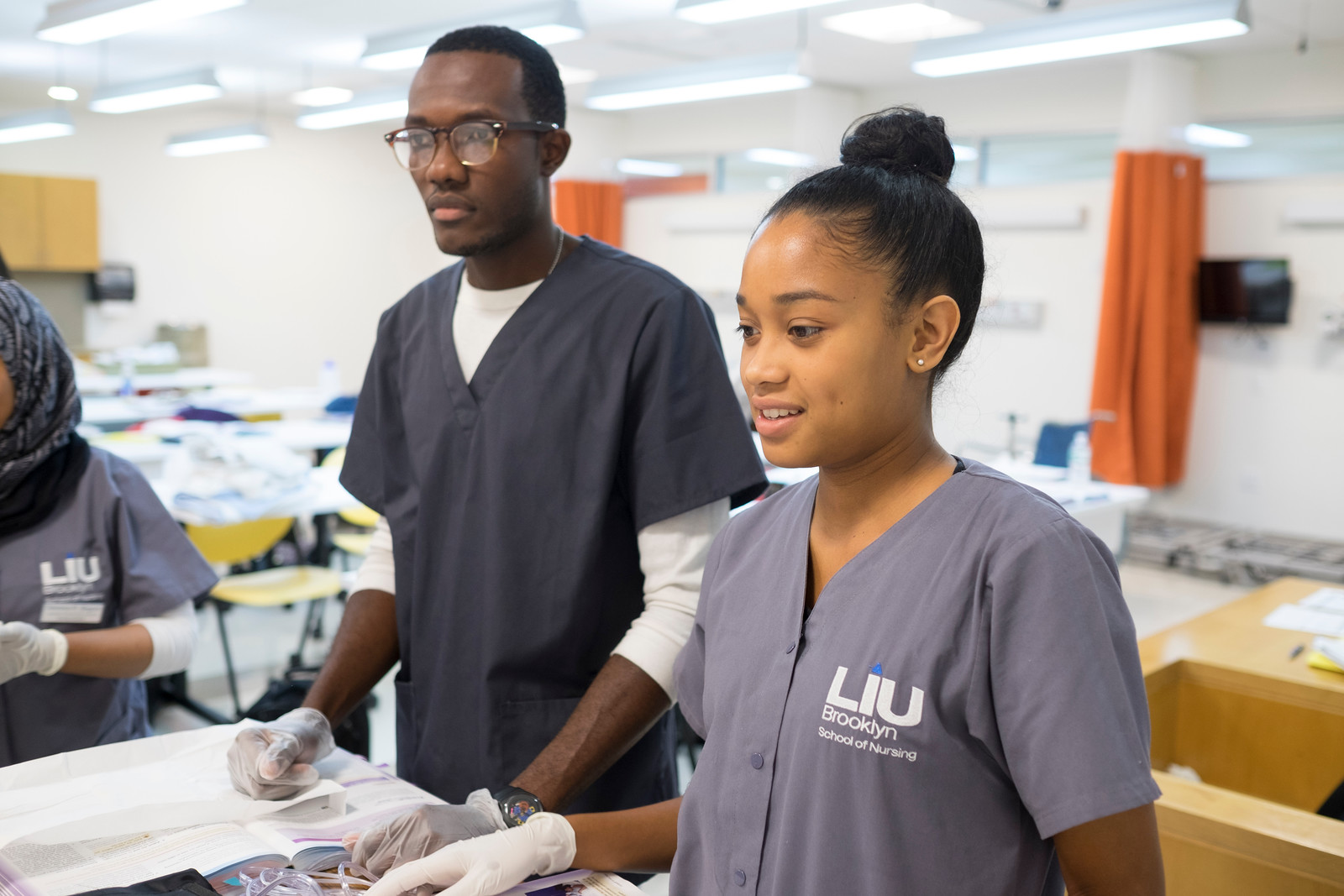
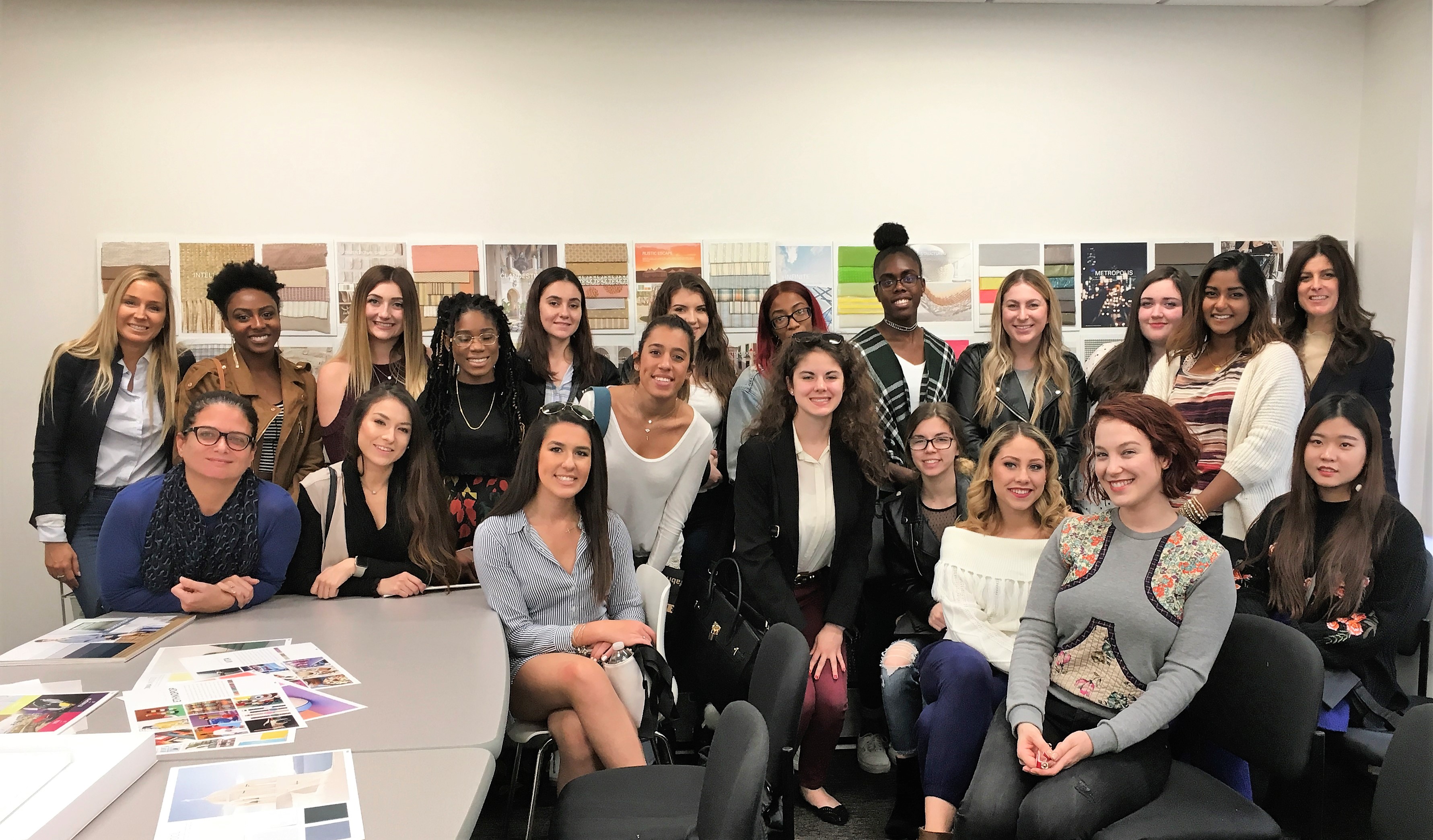
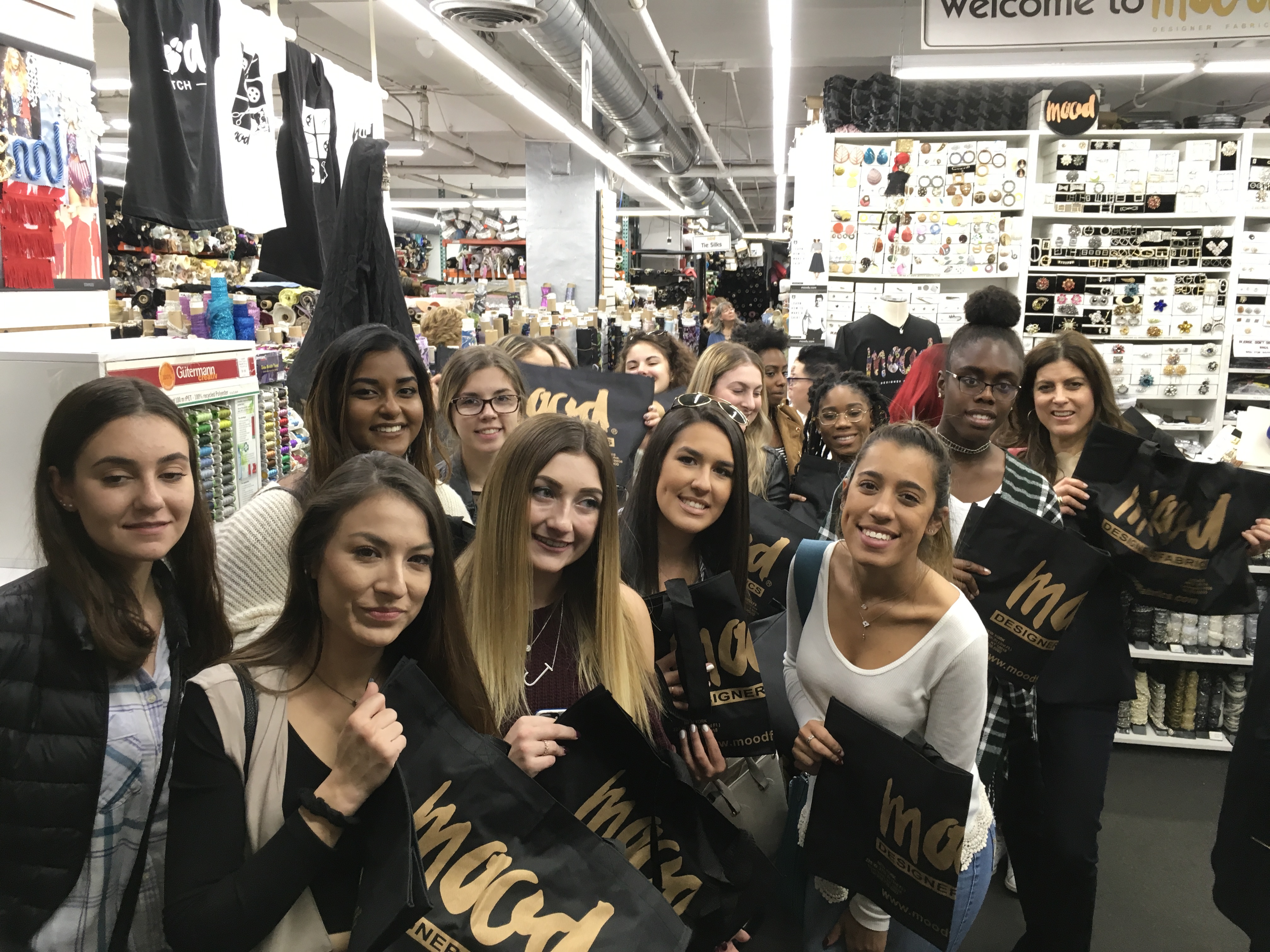
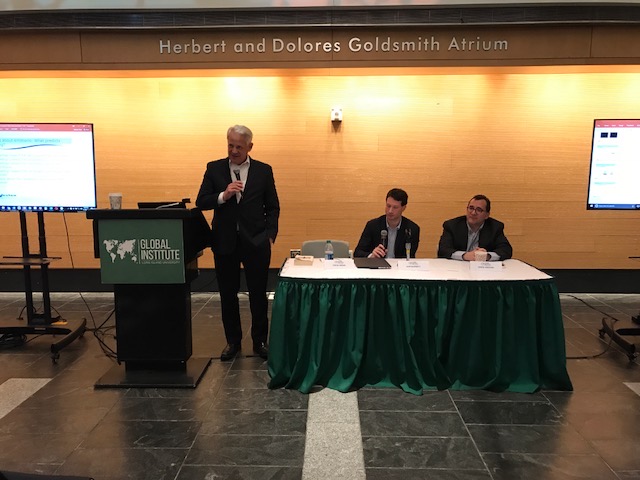

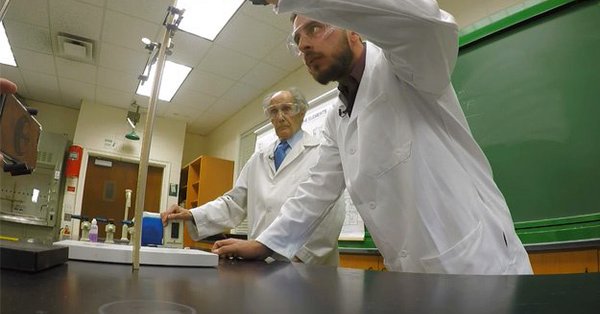

 The ribbon cutting featured short statements from campus and regional leaders including noted natural food chef, Bhavani Jaroff; Nassau County Soil and Water Conservation District Manager, Patricia Manzi; along with students and professors who are working on the project. The campus Nutrition Club provided garden-fresh snacks at the ribbon cutting.
The ribbon cutting featured short statements from campus and regional leaders including noted natural food chef, Bhavani Jaroff; Nassau County Soil and Water Conservation District Manager, Patricia Manzi; along with students and professors who are working on the project. The campus Nutrition Club provided garden-fresh snacks at the ribbon cutting.